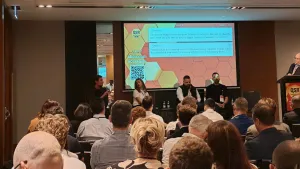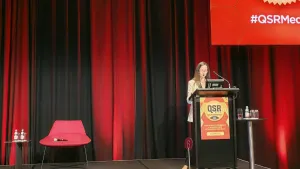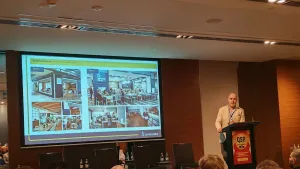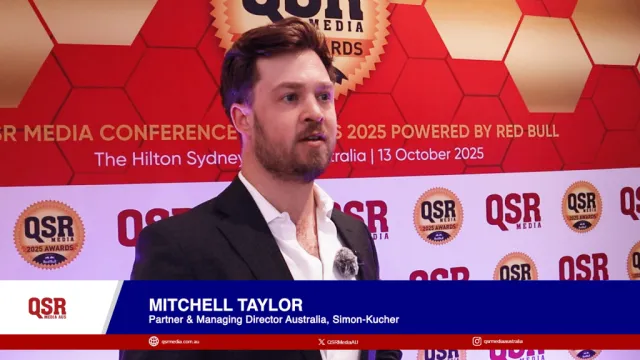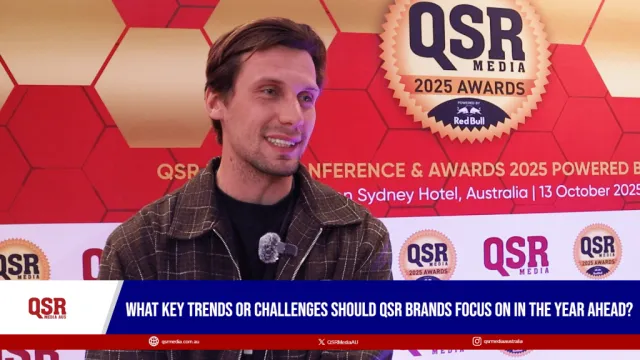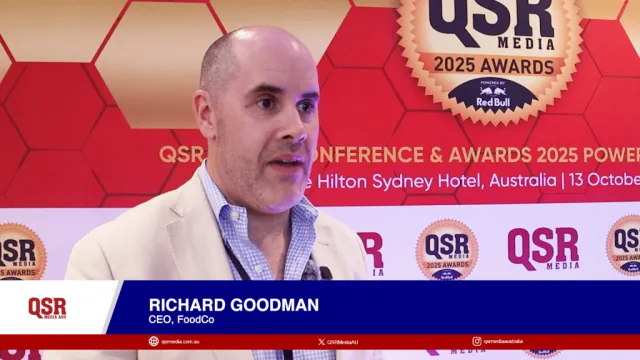
The 7 Building Blocks of Customer Service Excellence
This article follows up on the points in my previous piece, where I provided an introduction about a fairly the new and multidisciplinary field of practice and research known as ‘Service Management’. The previous article discussed the importance of customer service, yet acknowledged how complex it is and how difficult it is to embed “service mindedness” into a workplace culture (culture referring to the attitude and behavioural norms in a business – that which under the surface tends to guide activities more than anything else). It was also pointed out that many of the world’s best companies leverage their positive and service-oriented organisational culture as central to their competitive position in their marketplace.
It is the hidden and unexpected complexities of customer service which provided the impetus for my own research and consulting interest and which also informs this series, designed to help QSR readers gain a deeper understanding of customer service excellence, become familiar with some of the world’s best practices, and to have current research findings distilled into practise and usable tips.
Through my years of industry management experience combined with an extensive knowledge of the academic literature into leading practices by “benchmark service organizations”, I can comfortably proclaim that while complex, there are some basic “building blocks” which if created and practiced in your organisation can mirror the way some of the world’s best companies have created service-oriented organisational cultures.
All or nearly all “benchmark service organisations” do the following basics (which will be further detailed over the following articles).
1. Create a Perfectly Clear “Statement of Service” – The first step is to provide a detailed (well thought through) statement of the type of service that particular organisation aspires to provide. Benchmark service organisations make sure that everyone in the organisation, from owner or CEO down to part time staff fully understand the desired levels of service.
2. Align All Organisational Processes – There is little use in a Statement of Service without organizational processes and systems which support this! It is vital that the organisation itself does not in any way hinder the essence of the Statement of Service.
3. Template the “Perfect Customer Experience” – It is vital that you create a Perfect Customer Experience “template” that everyone in the organisation knows, understands, accepts and breathes every day! This exercise can often help guide customer evaluation programs (there are many ways to evaluate customer experiences, a point which will be covered in detail in future articles).
4. Inductions and Training – Benchmark service organisations never fail (in good times and bad) to comprehensively induct all new staff and constantly allocate time and resources on training, all of which is centred around the aspired Organisational Culture, the Statement of Service and the Perfect Customer Experience!
5. Service-oriented Human Resource Management – Because of the critical link between employee attitudes and corresponding behaviours, benchmark service organisations pay very close attention and allocate significant time and resources to ensuring that their HRM processes are not left to chance.
6. Evaluation and Measurement – Although challenging and imperfect, benchmark service organisations find a way to tap into their service performance and measure the degree to which they have achieved their Statement of Service.
7. Performance-based Rewards and Recognition – Finally, the old adage, “what gets measured and rewarded gets done” hold true even in this context. Benchmark service organisations evaluate and measure service performance and then embed rewards and recognition into remuneration packages (more on this in future articles).
A few additional thoughts on point one above, the “Statement of Service”.
No matter the level of your offering (fast food, counter service, café, etc.), service plays a role. Service could be all about speed, or efficiency. Or it could be about a particular process (step by step service), and it could have elements of friendliness, empathy, professionalism and personality. It could be casual or formal. Regardless of where you fall on the scale, you must define this for yourself and for your staff. For example, if you are a take out shop, great service for your customers will likely be driven by speed and efficiency, rather than friendliness and empathy. Conversely, a five-star hotel front desk attendant must not only be fast and efficient, but also be able to read a guest, and offer the highest levels of hospitality, welcoming, warmth and friendless. Every business is different, and if you fail to define your own service, your staff will do whatever THEY think it right (this is dangerous!)
There are a number of excellent academic journal articles which help convey these points in much more detail. If you are interested in reading these, get in touch with me and I’ll help you get a hold of these articles (some of them are on my website – Shiftdirections.com.au).
Happy Holidays!
In Service!
Dr David Solnet- Leader, Hospitality Management Department, The University of Queensland
Email [email protected]
Web www.shiftdirections.com.au
Mobile 0411 828 757











